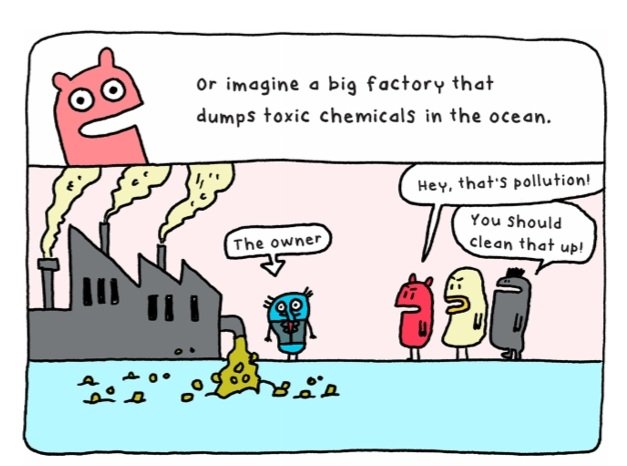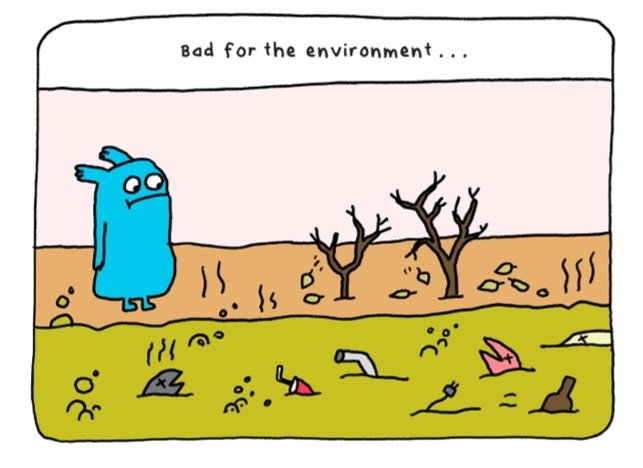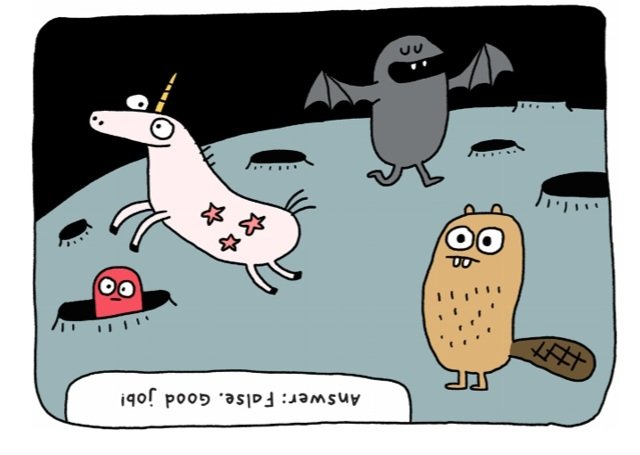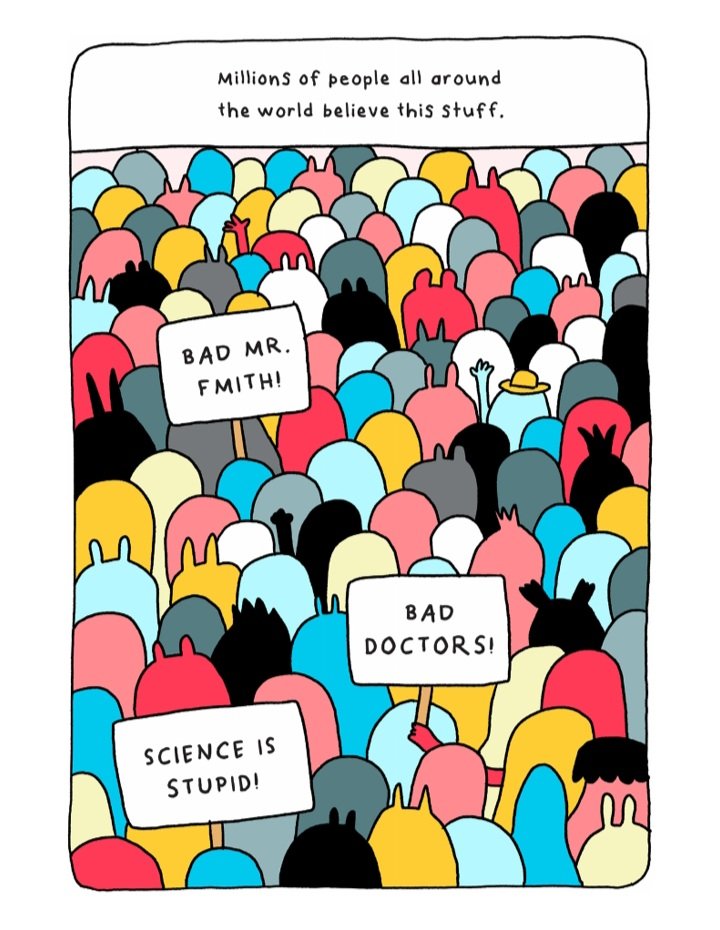Graphic Novels
Sharee Miller taught the workshop titled “From Picture Books to Graphic Novels” at the NJ SCBWI Conference. She has a new graphic novel coming out called Curlfriends on October 10, 2023.
I chose to take this workshop at the conference because my Paige and Webb book has somehow turned into a non-fiction graphic novel. I was looking for insight and perspective to help me with this new format. A couple of things she pointed out about graphic novels include time and space.
The time spent by the reader on each image is about 3 seconds. Compare that to the time someone looks at a spread in a picture book.
In a graphic novel, you have more space to tell your story and invest in your character’s life. In a picture book you have 32 pages or about 12-15 spreads.
There are a whole set of vocabulary that go along with Graphic Novels: flatter, colorist, inker, establishing shot, type setter, chapter opener, voice over, off-panel dialogue, thought bubbles, panels and word bubbles. The terms that stood out to me most, after having tried this format for Paige and Webb were: establishing shot, voice over, and the tail of the word bubble.
The establishing shot is typically a wide shot that establishes a setting: like the school or house. I’m not sure if that is necessary in a non-fiction graphic novel. The Round Table Group at the conference gave me a wonderful comp to look at: Killer Underware Invasion by Elise Gravel. It is a non-fiction graphic novel. I looked through this book to see if I could find any establishing shots. Here’s what I found:
I don’t think these are establishing shots in the traditional sense, but all of these establish setting. I think the one that I like the most is the unicorn on the moon.
Voiceover in a graphic novel she defined as the narrator’s voice used for exposition. I’ve been wondering about this one. In Paige and Webb, I have a lot of exposition. I’ve been trying to draw both Paige and Webb in every page where they are talking…which is every page. But sometimes there is not anything that they are doing so it is a very boring page. Sometimes there is just information that needs to be said. Although, it would be so much better if I can draw a picture or diagram to explain the point than if I just wrote exposition. I hope to cut out as much of the straight exposition as I can. My daughter suggested I draw just a head of the character that was speaking next to the exposition word bubble/rectangle.
As she was talking about word bubbles and thought bubbles, she said this little piece of insight: Put the tail of the word bubble aimed toward the head. She said that editors often got after her for not doing that. Good to know! I’m pretty sure my current draft needs to have that fixed in a couple of places.




